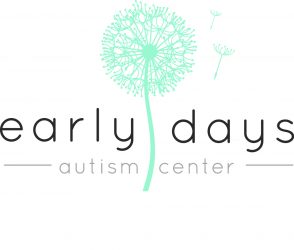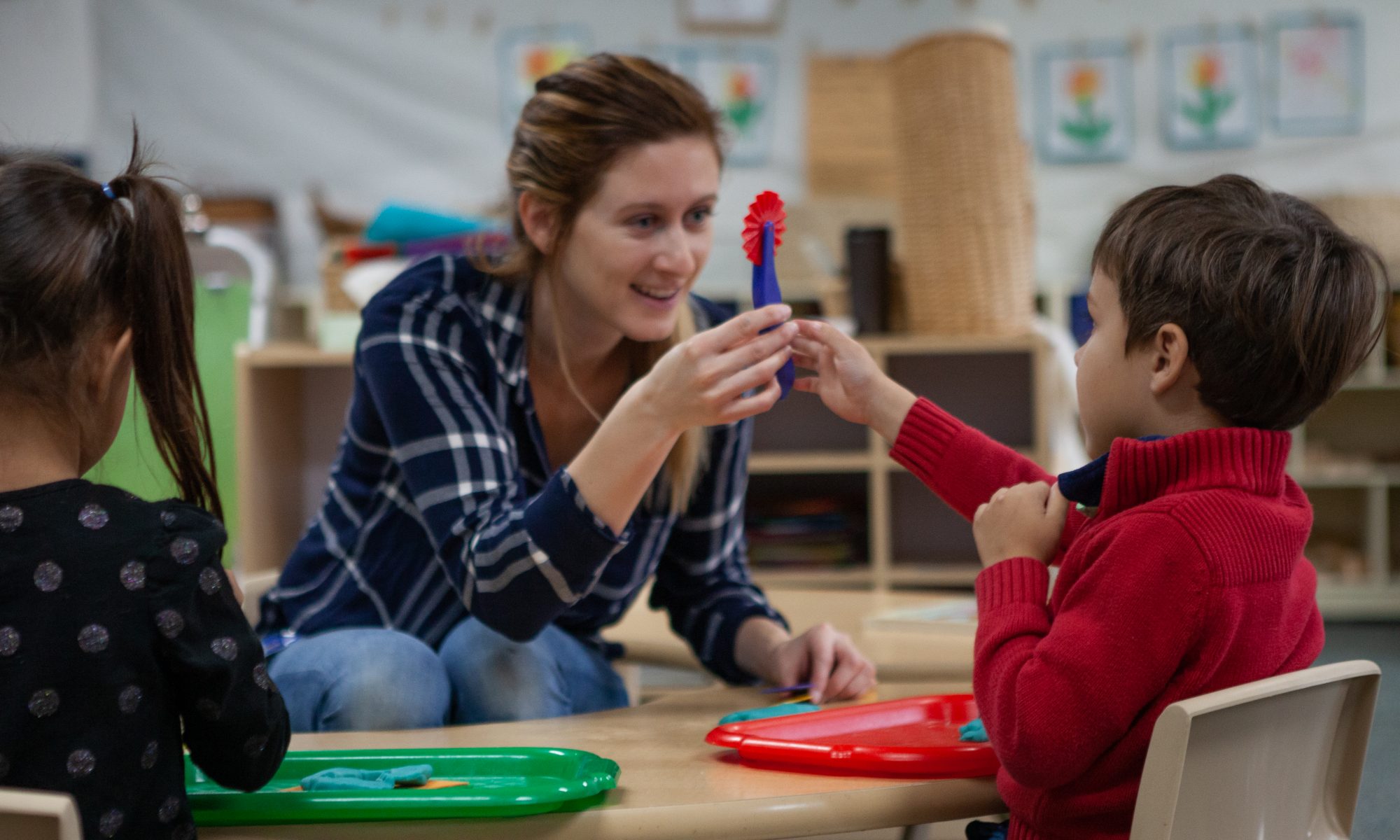The Early Start Denver Model (ESDM)
This is a very brief overview of the principles and practices of the Early Start Denver Model (ESDM). The ESDM philosophy will be covered in more detail in your parent coaching sessions. There are two published books that include the treatment manual, which is available to parents to borrow or you may also wish to order a copy from various Internet suppliers. Look for: Rogers, S.J. & Dawson, G., (2010). Early Start Denver Model for Young Children with Autism: Promoting Language, Learning, and Engagement. New York: The Guilford Press.
For your parent coaching sessions it is very helpful if you order your own copy of Rogers, S.J. Dawson, G. & Vismara, L. (2012 ) An Early Start for your Young Child with Autism. New York:The Guilford Press.
Background: The ESDM was developed by Professor Sally Rogers and her colleagues over a 30-year period. Prof. Rogers works at the M.I.N.D. Institute at the University of California, Davis, in Sacramento, USA. Dr. Cynthia Zierhut Ursu has worked with Dr. Rogers in her laboratory utilizing the ESDM since 2007. She then worked with La Trobe University team to conduct the first group (G-ESDM) adaptation from 2011-2012.
The ESDM is both a curriculum and a set of specific intervention strategies used by trained professionals and parents/caregivers to teach young children with an Autism Spectrum Disorder (ASD) in a natural learning environment, such as an early learning and care centre or at home. The strategies can be applied to everyday activities, such as when children are playing, having their meals, getting dressed, and interacting with other people. The ESDM is based on scientific evidence about how young children develop and learn, how having an ASD affects early development and learning, and how best to teach young children. Research on the ESDM has found that many children with an ASD show significant improvements in cognitive and adaptive behaviors when taught with this method and that parents/caregivers can also be taught to apply this method at home.
Basic Principle and Aim: Children learn best when they interact and communicate with other people.
Children with an ASD have fewer opportunities to learn from others because of their social communication difficulties. The ESDM seeks to address this by fostering the ability of children with an ASD to engage and interact with others and to increase their learning opportunities.
Guiding Principles to Teaching:
Developmental orientation to activities: The ESDM follows a comprehensive curriculum that is based on the development of typical children and children with an ASD. It includes abilities that is often affected by an ASD, such as
- Communication, for example: understanding and using language, gestures (requesting, sharing, giving, pointing), facial expressions.
- Social skills and engagement, for example: eye contact, attention to others, imitation, turn-taking, greeting, interacting.
- Social and pretend play.
- Personal independence, for example: eating, dressing, personal hygiene, chores.
- Fine and gross motor skills, for example: drawing, writing; walking, jumping.
Strategies based on Applied Behavior Analysis (ABA): The ESDM employs some of the strategies that are derived from ABA. One of these is to teach according to ABC (Antecedent, Behavior, Consequence) principle. To optimize a child’s learning we present a stimulus or cue (Antecedent) and make sure that the child attends to it (for example: two different toys are offered to the child), then we wait for the desired behavior to occur (for example: pointing to or requesting one of the toys), which then is reinforced by the “natural” consequence of the behavior (for example: we give the child the requested toy and he/she can play with it). We also use ABA strategies such as prompting (helping the child to attempt a desired behavior)and shaping (reinforcing an early immature or incomplete behavior). The ESDM differs in a number of aspects from classic ABA strategies, such as “discrete trial teaching” in which teaching is directive and occurs in very structured settings. Instead, we follow the child’s lead and interests and engage the child in positive social interaction. This creates an environment that makes learning enjoyable for the child and he/she is more likely to stay motivated and on task. During these interactions, which are called “Joint Activity Routines”, we build on and extend the child’s ability to perform a desired behavior and teach new behaviors through the use of core teaching principles, including imitation, modeling, turn-taking. For example, if the child picks up a crayon and starts to scribble, we may also pick up a crayon and imitate the scribble while also naming the activity (by saying “scribble, scribble…”). We then may extend the activity by drawing a circle and naming it (Antecedent) and waiting for the child to also draw a circle (or something that resembles a circle – Behavior). If the child doesn’t respond in this way, we may take the child’s hand and draw a circle with him (prompting). We reward all attempts (even prompted and incomplete ones) with a “natural” reinforcer, such as by saying: “Yeah, that’s a nice circle!”. Once the child draws a circle, we may want to add dots and lines to make a face, following the same procedure. All the time, we are naming the activity in words and sentences that are appropriate to the child’s level of understanding. This way we target multiple goals, including naming of the activity (scribble) and objects (circle), initiating and responding within social interactions, and fine motor skills.
Individualized learning plan: All children differ from each other, and that is also true for children with an ASD. Therefore, we start with an assessment of individual children using the ESDM curriculum as a guide. This tells us what skills a child has already learned and which ones we need to teach. We then develop an individual learning plan, relying on the ESDM curriculum to tell us which skills the child has to learn next. This then is converted into a set of learning objectives and learning steps (each objective is broken down into smaller steps, as we cannot assume to teach a whole objective in one or two sessions). These learning objectives and steps provide the basis for teaching in individualised and group settings using the ABC format and the teaching strategies outlined in point 2 above. While teaching, detailed records of the child’s successes are kept, so we can closely monitor the child’s progress. There are examples of learning objectives and steps in the ESDM Manual.
Partnership with families: Parents/caregivers are the primary teachers of all young children and this is not different for children with an ASD. This is acknowledged in the ESDM, which encourages parents/caregivers to become an integral part of all teaching activities. They can assist with the assessment by being present when their child is formally assessed and/or contribute to the assessment by letting us know about any skills and preferences their child displays at home. They can also assist with setting learning objectives for their child by telling us about their values, hopes and priorities and about the routines and learning opportunities at home. Parents/caregivers will also be coached in the implementation of the learning plan at home using the ESDM strategies. Thus parents/caregivers become “co-therapists” in a transdisciplinary team. But it also acknowledged that they need additional support, not only in acquiring the skills required to implement the learning plan at home but also with other aspects of individual and family well being.
Transdisciplinary team: ASD is a complex disorder affecting several areas of development. Therefore a team consisting of different professionals, such as teachers, speech pathologists, occupational therapists and psychologists, work together on the child’s assessment and learning plan to ensure that all areas of need are addressed. Parents are part of this transdisciplinary team.
Teaching in groups: While each child has an in-home treatment plan with 1-1 teaching throughout the week, we believe that children with an ASD, just like other children, also learn from their peers. Therefore we also provide 1-2 or 1-3 teaching opportunities within group activities. Group activities are carefully planned so that individual children’s objectives can be addressed during these activities. To achieve this, play activities and materials are carefully selected, and the play room is organized in such a way that the activities attract the children’s attention and facilitate transition from one activity to the next. All teachers know the children’s objectives and learning steps and their own roles in teaching activities. Detailed records on children’s progress are kept during group activities.
In summary, the ESDM is a teaching approach that “seeks to empower children with ASD to become active participants in the world, initiating interactions with other people.” (ESDM Manual, xi)


